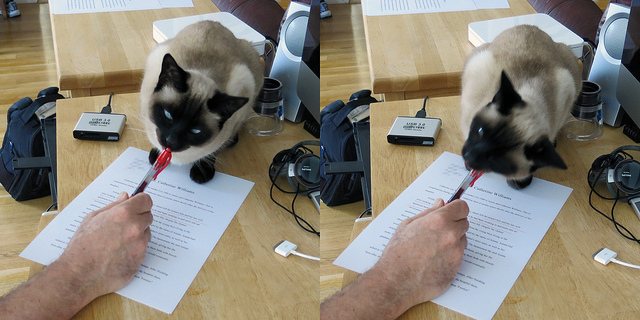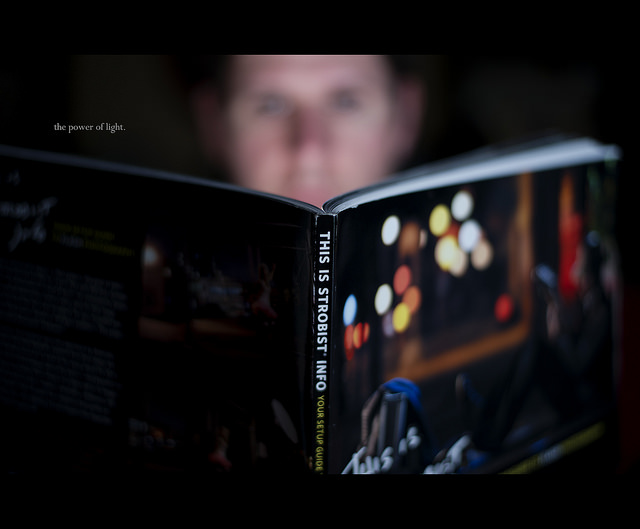Lists like the following have been floating around high school and college classrooms, as well as workplaces, for years. They are believed to have begun in the 1970s, when George Trigg and William Safire each published their own lists. Trigg’s list can be found in Physics Review Letters, 19 March 1979 (Volume 42, Issue 12, pp. 747-748); Safire’s, called “Fumblerules,” originally came out in his “On Language” column in the New York Times, on 7 October 1979.
With apologies (or perhaps a tip of my hat) to Messrs. Safire and Trigg, I’ve reprised some of their classic examples below, with proper examples and explanations, where applicable, of how each sentence should be written immediately underneath. Enjoy!
- Verbs HAS to agree with their subjects.
Verbs HAVE to agree with their subjects. (Has is third-person singular [verb has]; have is third-person plural [verbs
have]). - Prepositions are not words to end sentences with.
Prepositions are not words with which one should end sentences. (Prepositions are linking words; therefore, it is inappropriate for them to stand alone at the end of a sentence).
- And don’t start a sentence with a conjunction.
Don’t start a sentence with a conjunction. (Similarly, conjunctions are linking words. It is inappropriate for them to stand alone at the beginning or end of a sentence).
- It is wrong to ever split an infinitive.
It is wrong to split an infinitive. (Infinitive verbs are always preceded by the word ‘to,’ and it is improper grammar to put other words between the two words).
- Avoid clichés like the plague. (They’re old hat).
Avoid clichés. (The same goes for buzzword and jargon overload).
- Also, always avoid annoying alliteration.
There is no reason to run together several words that begin with the same letter. Use a thesaurus to find alternate words in order to get around this problem.
- Parenthetical remarks (however relevant) are (usually) unnecessary.
Parenthetical remarks are unnecessary. They generally over-explain a point that has already been made.
- Also too, never, ever use repetitive redundancies.
Finally, never use redundancies. (Redundancies are saying the same thing twice. In the example sentence, there are three pairs of redundancies: also and too; never and ever; and repetitive and redundancies).









